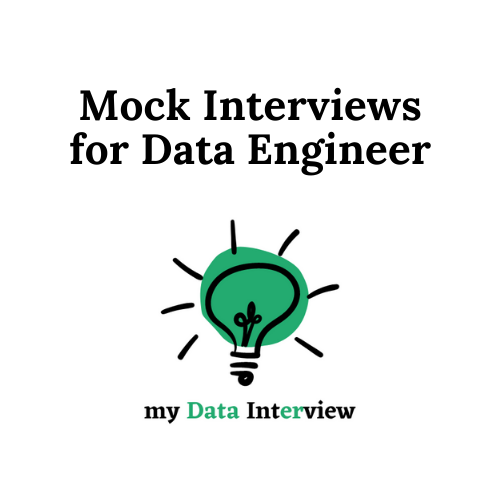Question 1:
Difference between MultiLoad and TPump?
Answer:
Tpump provides an alternative to MultiLoad for low volume batch maintenance of large databases under control of a Teradata system. Tpump updates information in real time, acquiring every bit of a data from the client system with low processor utilization. It does this through a continuous feed of data into the data warehouse, rather than the traditional batch updates. Continuous updates results in more accurate, timely data. Tpump uses row hash locks than table level locks. This allows you to run queries while Tpump is running.
||||=====================================================================================================================================================||||
Question 2:
Different phases of MultiLoad?
Answer:
• Preliminary phase
• DML phase
• Acquisition phase
• Application phase
• End phase
||||=====================================================================================================================================================||||
Question 3:
How will you solve the problem that occurs during update?
Answer:
When there is an error during the update process, an entry is posted in the error log table. Query the log table and fix the error and restart the job.
||||=====================================================================================================================================================||||
Question 4:
What is the maximum number of DML can be coded in a MultiLoad script?
Answer:
Maximum 5 DML can be coded in a MultiLoad script.
||||=====================================================================================================================================================||||
Question 5:
What is Explain modifier ?
Answer:
The explain modifier generates an English translation of the parser’s plan. It is fully parsed and optimized but not executed. Explain returns
• Text showing how a statement will be processed.
• As estimate of how many rows will be involved
• A relative cost of the request in units of time.
This information is useful for predicting row counts, predicting performance, testing queries before production and analyzing various approaches to a problem.
||||=====================================================================================================================================================||||
Question 6:
Difference between oracle and Teradata warehouse!
Answer:
Teradata can handle multi terabytes of data. Teradata is linearly expandable, uses matured optimizer, shared nothing architecture. Uses data parallelism.
The Teradata DBA’s never have to reorganize data or index space, pre-allocate table/index space, format partitions, tune buffer space, ensure the queries run in parallel, pre-process data for loading and write or run programs to split the input data into partitions for loading.
||||=====================================================================================================================================================||||
Question 7:
What is dimensional modeling?
Answer:
Dimensional Data Modeling comprises of one or more dimension tables and fact tables. Good examples of dimensions are location, product, time, promotion, organization etc. Dimension tables store records related to that particular dimension and no facts (measures) are stored in these tables
||||=====================================================================================================================================================||||
Question 8:
What is data modeling?
Answer:
A Data model is a conceptual representation of data structures (tables) required for a database and is very powerful in expressing and communicating the business requirements.
||||=====================================================================================================================================================||||
Question 9:
What is logical data model?
Answer:
A Logical data model is the version of a data model that represents the business requirements (entire or part) of an organization and is developed before the physical data model. A sound logical design should streamline the physical design process by clearly defining data structures and the relationships between them. A good data model is created by clearly thinking about the current and future business requirements. Logical data model includes all required entities, attributes, key groups, and relationships that represent business information and define business rules.
||||=====================================================================================================================================================||||
Question 10:
Tell us something about data modeling tools?
Answer:
Data modeling tools to transform business requirements into logical data model, and logical data model to physical data model. From physical data model, these tools can be instructed to generate SQL code for creating database entities.
||||=====================================================================================================================================================||||





7 pings
Skip to comment form ↓